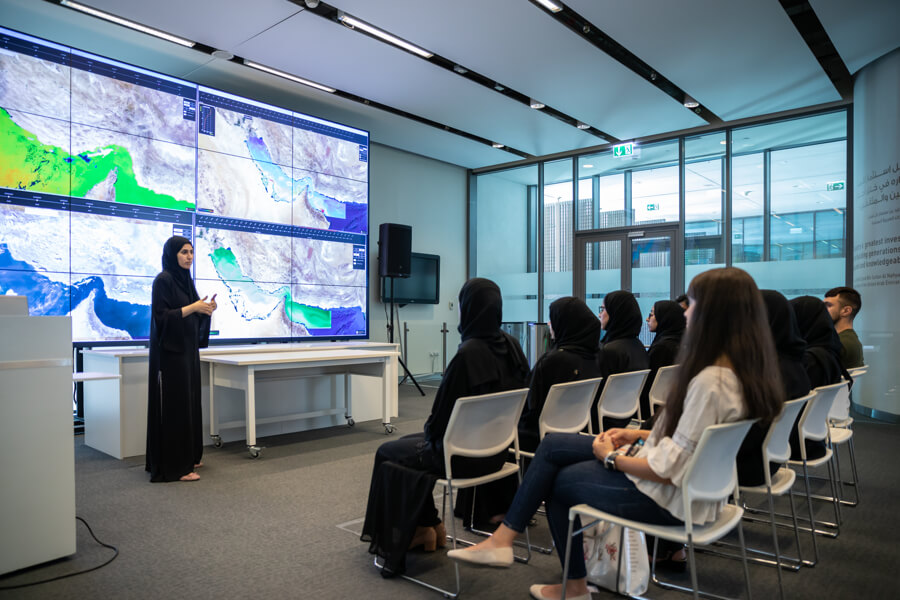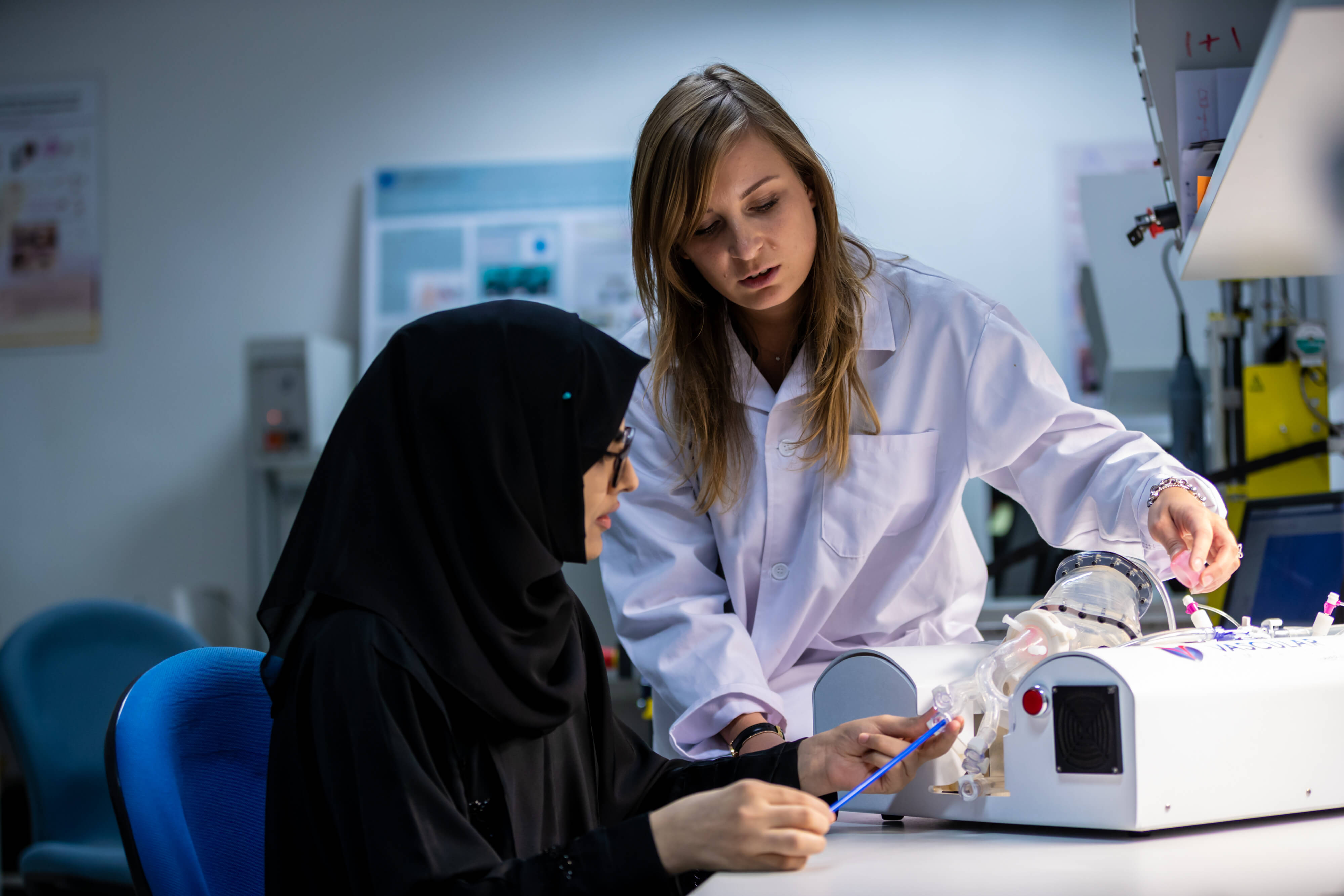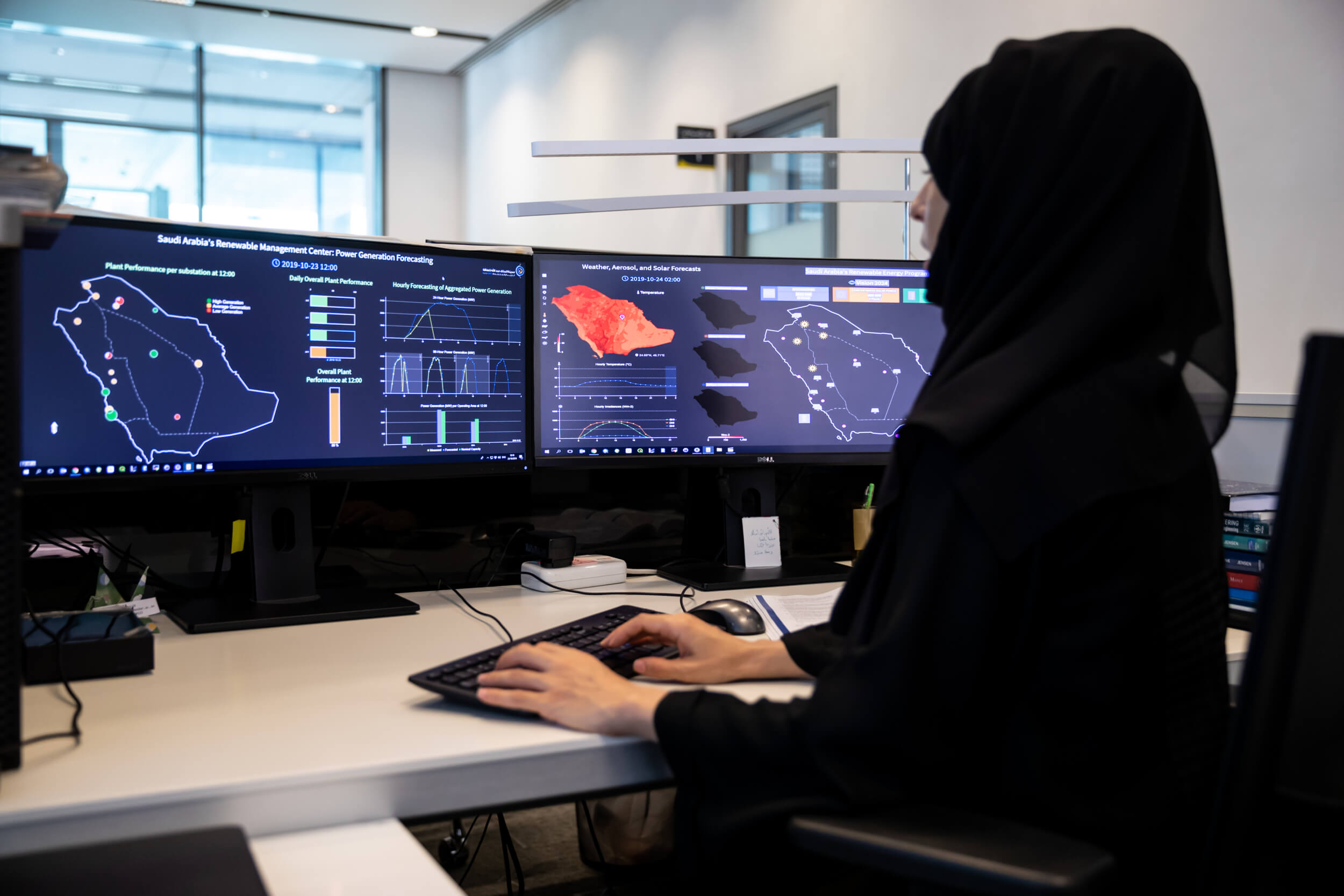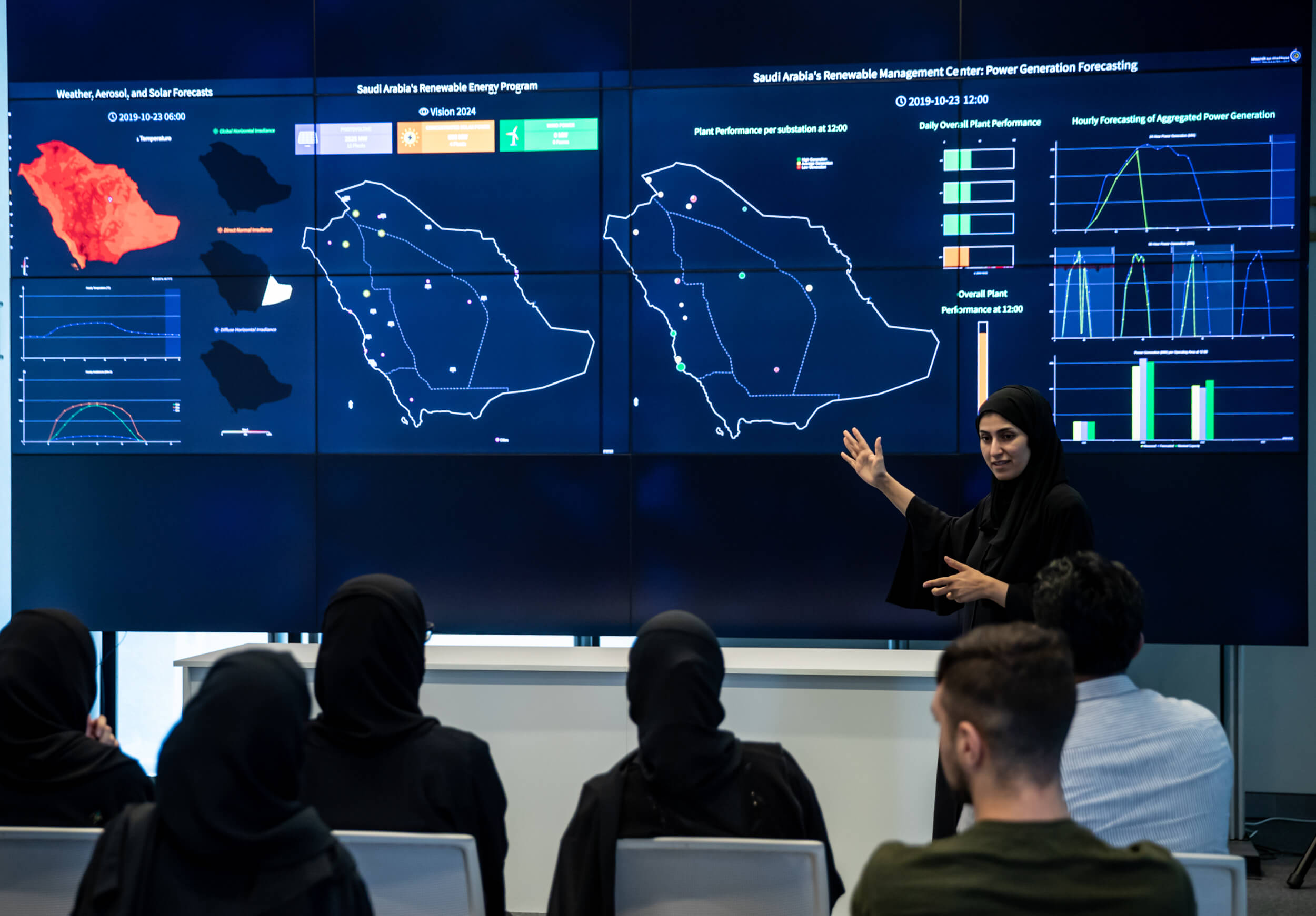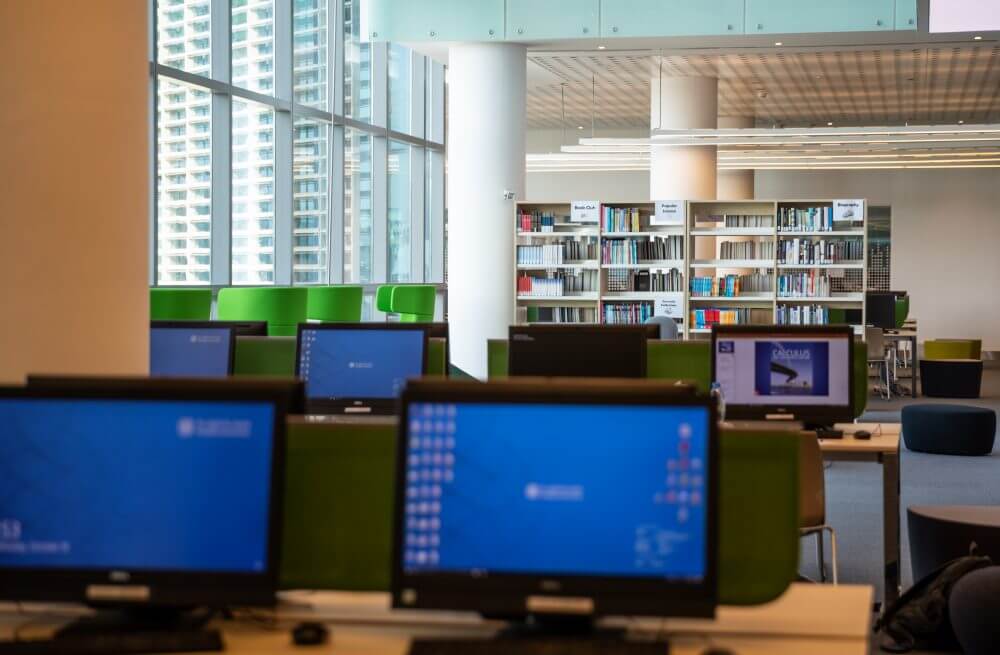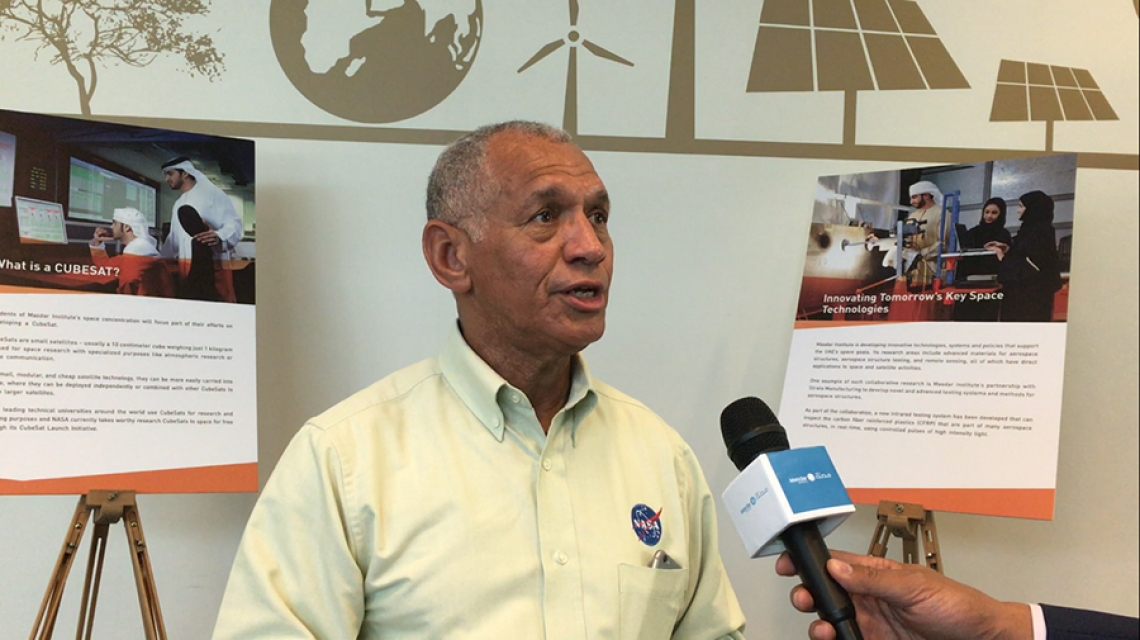
NASA Administrator Charles Bolden believes that Masdar Institute’s Master’s concentration in Space Systems and Technology is a comprehensive program with a vision to supply the UAE with the human capital needed to position the country as a regional leader and a global player in the space sector, which he expressed during his visit to the Institute earlier this month.
Bolden lead a NASA delegation to Masdar Institute the day after he signed a momentous space and aeronautics cooperative agreement with the UAE Space Agency. The purpose of Bolden’s visit was to get a closer look at some of the cutting-edge research activities at the Institute aimed at contributing to the UAE space sector and aligned with the space technologies and systems that the joint UAE-US agreement seeks to advance.
The delegation included Albert Condes, Associate Administrator for International and Interagency Relations at NASA; La’Shanda Holmes, White House Fellow at NASA; Dr. Matthew Koeppe, International Program Specialist in NASA’s Office of International and Interagency Relations; Stephanie L. Schierholz, Press Secretary for NASA; and Michelle Su, Economic Assistant at the U.S. Embassy Abu Dhabi. As part of their visit they toured the Institute’s cutting-edge undercroft laboratories, including the micro and nano fabrication facility, the microscopy lab and the materials testing lab, and were shown several innovative space systems-related research projects.
Dr. Saif Al Mheiri, Assistant Professor of Mechanical and Materials Engineering, Masdar Institute, provided an overview of the Institute’s Master’s Concentration in Space Technologies and Systems and the important role the region’s first specialized concentration of this kind will play in creating the technologies and human capital needed to advance the UAE’s space goals.
“By integrating both the practical aspects – which involves designing and building a mini satellite, or CubeSat – and educational aspects into the students’ research, we are truly advancing the local space R&D sector,” Dr. Al Mheiri shared.
He also explained the important mentorship role the program’s industry partners, namely YahSat and Orbital ATK, are providing to ensure the quality and continuity of the space program.
The NASA delegation also learned about the impressive array of data gathered by the Institute’s Research Center for Renewable Energy Mapping and Assessment (ReCREMA). ReCREMA gathers real-time satellite data from NASA and European Space Agency (ESA) satellites. This data is currently used in many operational earth observation products and tools with a special focus on desert and arid climate such as urban heat island studies; monitoring oil spills, algal blooms, solar and wind resources, dust storms and land-atmosphere interactions; and modelling of hydro-meteorological variables.
Dr. Hosni Ghedira, Director of ReCREMA and Professor of Practice, Dr. Marouane Temimi, Associate Professor of Chemical and Environmental Engineering, and PhD student Maryam Rashed Al Shehhi, presented and discussed the valuable satellite data and environmental monitoring tools the Center develops.
“It is very humbling to meet the pioneers of the field,” Al Shehhi shared. “This visit is very important for our future work because the feedback from these experts, and their assurance of future input, is going to help mold and guide our future work.”
ReCREMA was selected by NASA in June 2011 as one of seven global pre-launch test sites for a new Earth observation satellite called Soil Moisture Active Passive (SMAP), which was launched by NASA in January 2015 (smap.jpl.nasa.gov). Through a joint four-year pilot study, ReCREMA will contribute to a greater understanding of how the level of soil moisture affects dust emission in desert and dry environments.
“The results of this study will be of significant value to NASA. Through the new collaboration between NASA and the UAE, ReCREMA will be able to contribute and share our research findings for more optimized earth observations, which could lead to innovative new satellite systems and technologies,” Dr. Ghedira added.
Al Shehhi briefed the NASA delegation on her research, which aims to develop regionally-adapted algorithms for coastal water quality monitoring by using NASA satellite imageries received at the Masdar Institute satellite receiving station.
The visit concluded at the Institute Center for Innovation (iInnovation), where the delegation heard presentations from the Institute’s Space Systems and Technology students. They enjoyed a short presentation on the mission of the Institute’s first CubeSat (MYSAT1), which was a remote sensing and technology demonstration. Master’s student Mariam Mansouri also presented her project titled “3D printed miniaturized gyroscope for space applications” – which aims to enhance the functionalities of miniature, self-navigating sensors – which particularly piqued Bolden’s interest.
“The visit by NASA Administrator Charles Bolden was not only a great opportunity for me to hear from his expertise in space science innovations, but it was also an opportunity to present my area of research in 3D printed gyro cubes for space applications,” Mansouri shared.
“Bolden showed great interest in my research, and he was even more impressed when he was told that I’m a grandmother who has returned to school and research after spending more than 25 years in the education sector. Bolden encouraged me to continue my graduate studies and conduct my PhD in the area of my interest. His words and encouragement inspired me a lot and gave me more passion and persistence to accomplish my research goals at Masdar Institute,” she added.
Bolden looks forward to further collaborations between NASA and Masdar Institute to advance sustainable technologies, satellite systems, and peaceful space exploration and discovery.
Erica Solomon
News and Features Writer
26 June 2016


